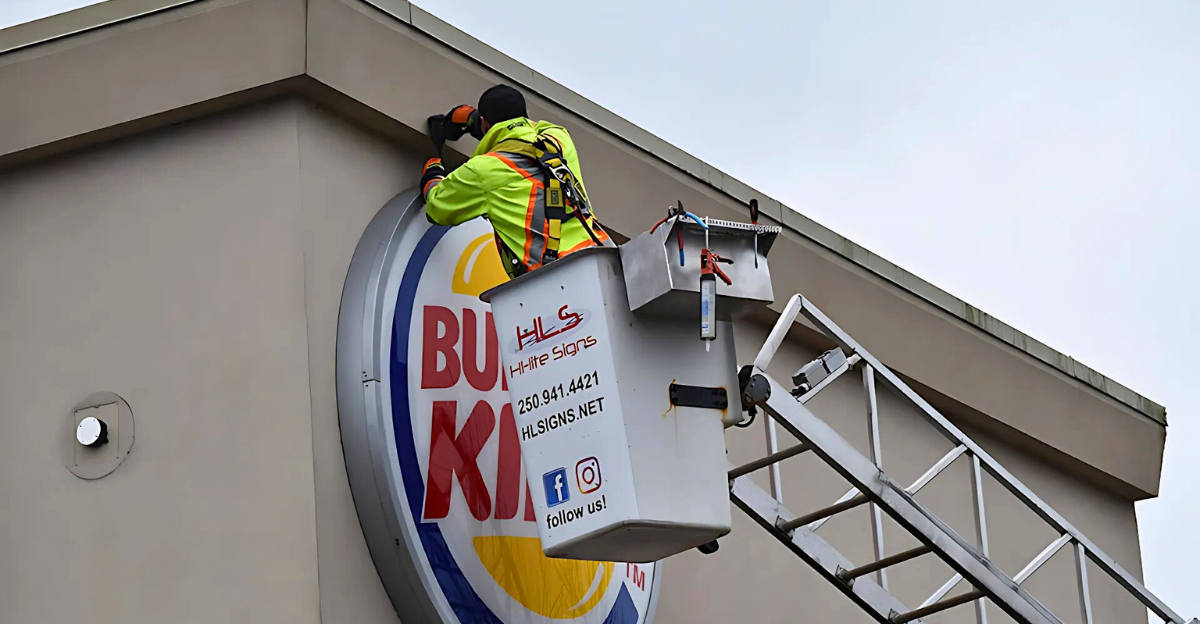
Unfortunately, many fast food giants in the U.S. are facing steep declines in 2025. Changing consumer habits, rising costs, outdated branding, and fierce competition have pushed several once-thriving chains to the brink.
While some are quietly closing stores, others are battling lawsuits, financial losses, and fading relevance. For longtime fans, the slow collapse of these familiar names is surprising and nostalgic. From mall staples to drive-thru legends, let’s take a look at 15 iconic fast food chains that are on the edge of collapse in 2025.
1. Hardee’s
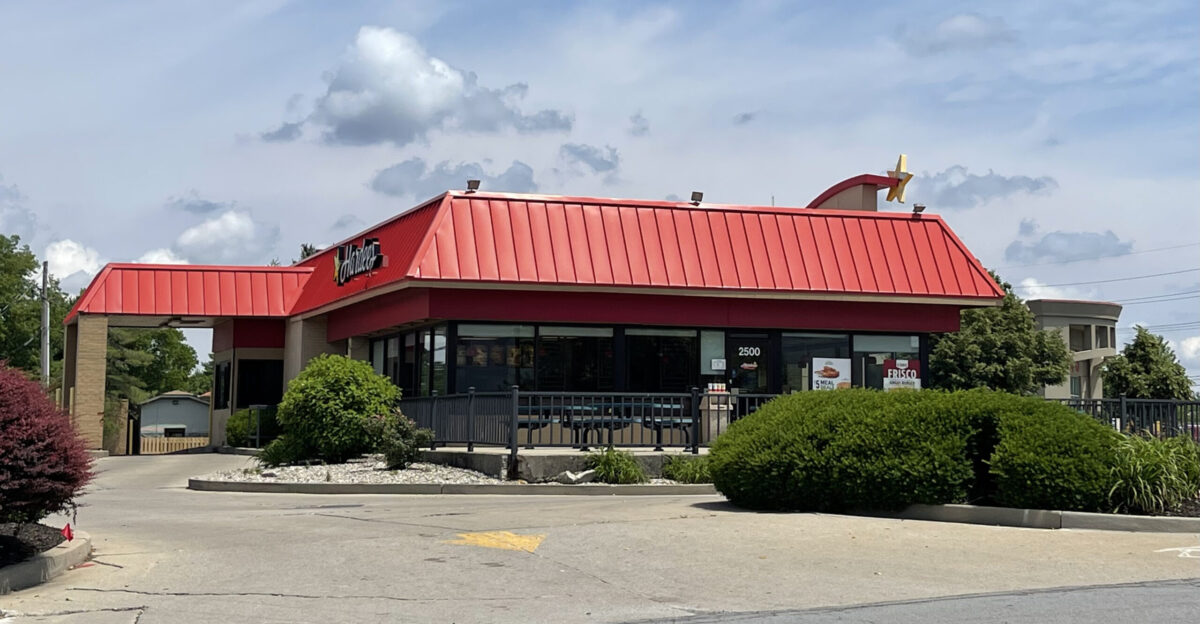
Though Hardee’s and Carl’s Jr. are technically the same company, their fortunes couldn’t be more different. Hardee’s is quickly fading into the background, especially in the Midwest and the South.
Over the years, outdated menus, too-similar branding, and inconsistent food quality have driven customers away. As more franchisees shut down their Hardee’s locations, the brand is trailing its better-performing sibling.
2. Boston Market
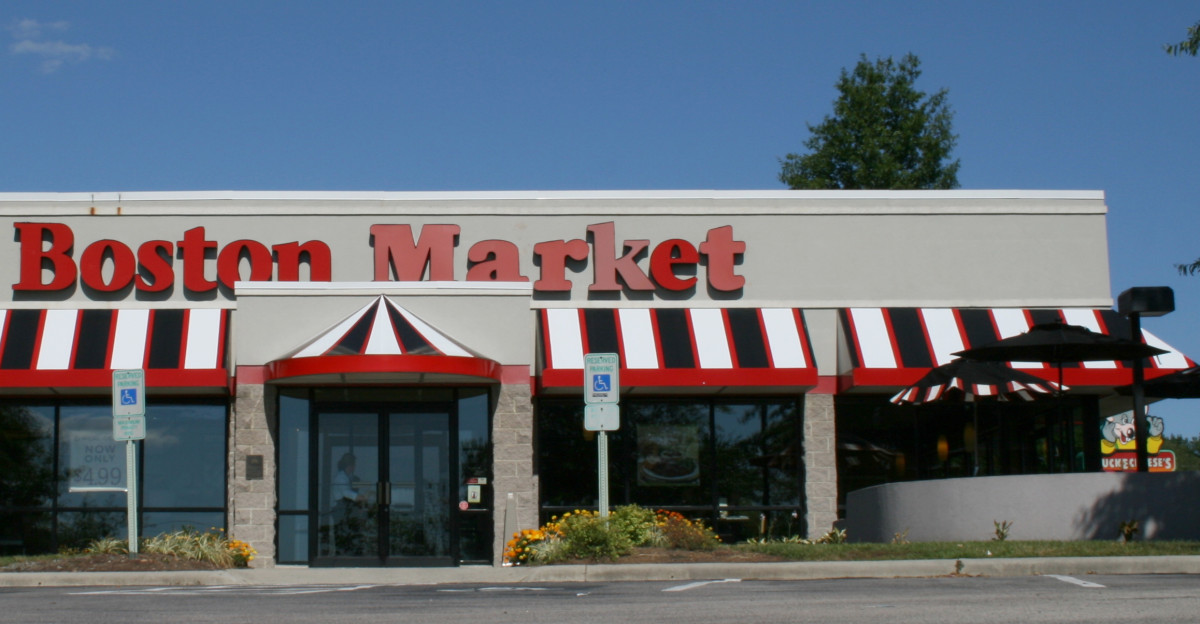
Boston Market was once a favorite for homestyle meals, but it took a major hit after the pandemic, according to Nation’s Restaurant News. With unpaid rent, lawsuits, and plunging foot traffic, the company is struggling to keep up.
Some cities have lost every Boston Market location, as the chain struggles to stay afloat. Despite attempts at expansion and changes in ownership, Boston Market might be on the brink of disappearing entirely.
3. Subway
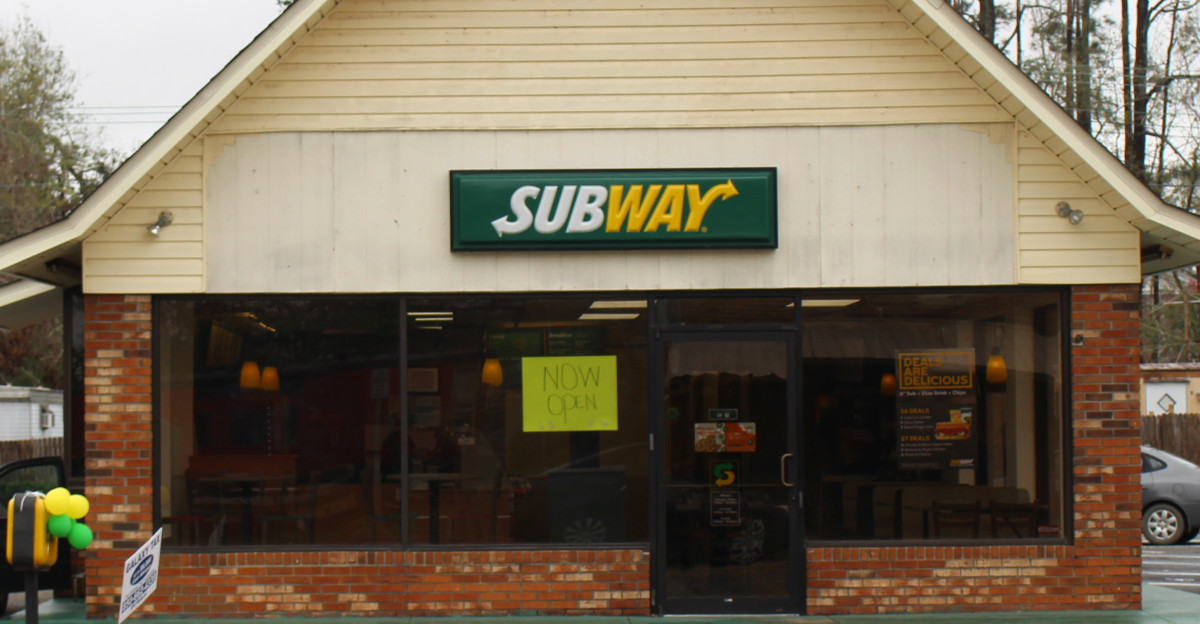
With more stores than fast food giants like McDonald’s, you would expect Subway to be thriving. However, it is losing thousands of locations each year. Reports of low-quality ingredients, franchisee exploitation, and menu fatigue have damaged its reputation.
Even its latest visual rebrand hasn’t fixed its issues. What was once a cheap and healthy alternative is quietly slipping away.
4. Long John Silver’s

Back in the 1970s, fried seafood fast food felt fresh and exciting, but now it’s a liability. Long John Silver’s has closed hundreds of locations due to declining demand, outdated operations, and growing health concerns.
Even longtime fans admit the brand feels stuck in time. As issues like food safety and sustainability take center stage, the remaining stores hang on mostly through nostalgia, while the chain’s future looks increasingly grim.
5. Checkers & Rally’s
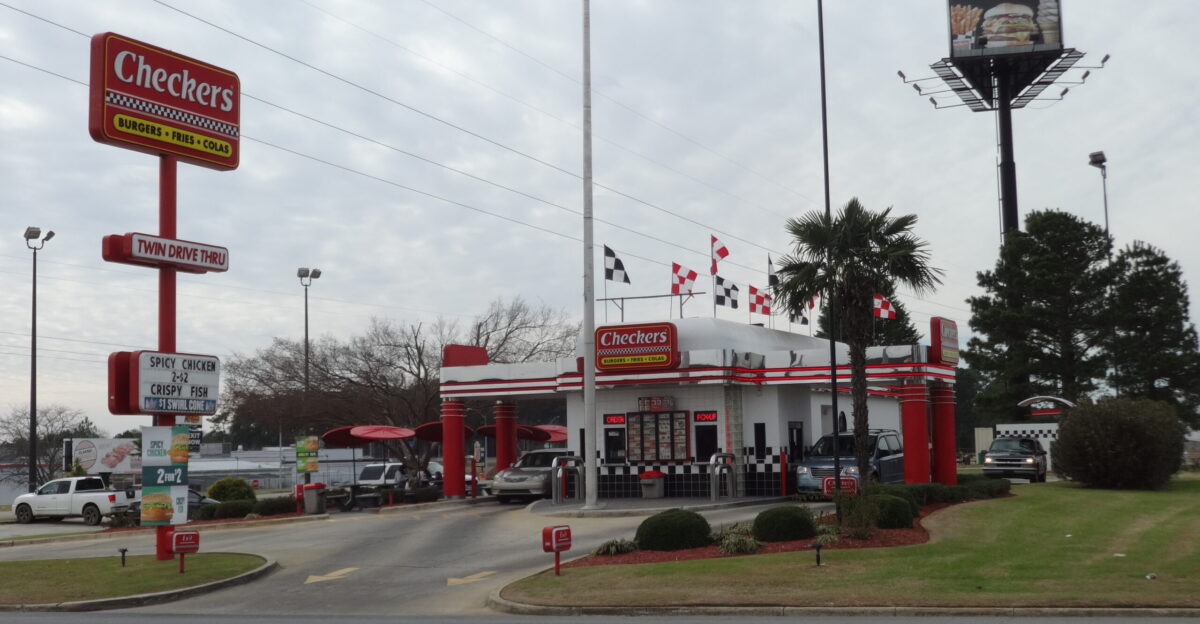
Checkers & Rally’s has long operated in low-income and minority communities, offering affordable meals where dining options are limited. However, with rising operational costs and declining sales, the chain is struggling to keep up.
Its decline isn’t just about losing double drive-thrus; it also means fewer food choices for communities already struggling with food insecurity. The brand’s slow collapse could deepen the food insecurity gap in some of the country’s most vulnerable neighborhoods.
6. Quiznos
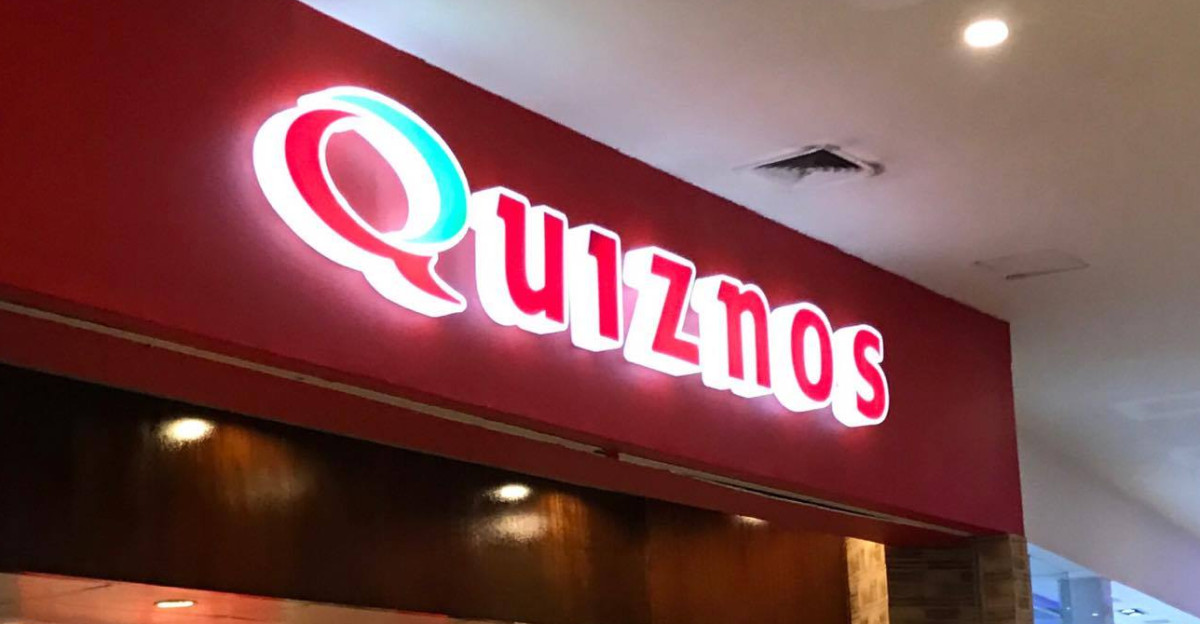
Do you remember Quiznos’ fun and quirky sponge-monkey commercials? Sadly, its business story has been far less amusing. At its most successful, it had over 4,700 U.S. locations, but today, less than 200 remain.
Quiznos has been struggling with high franchising fees, supply chain problems, and fierce competition. Sadly, not even nostalgia has been enough to make a comeback.
7. Papa John’s
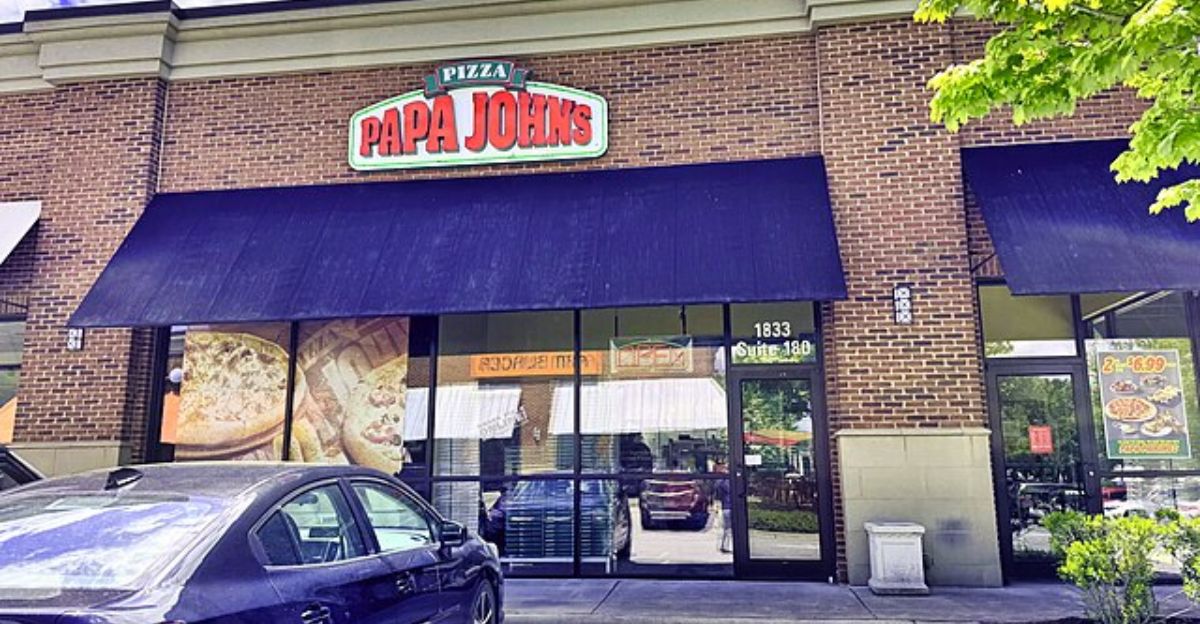
This chain is still trying to get rid of the damage done by its founder, John Schnatter, in 2017. While leadership has changed and rebranding efforts have launched, many customers still have not returned.
Sales are inconsistent, franchisees are frustrated, and trust is low. In recent years, competitors like Domino’s and Pizza Hut have pulled far ahead, leaving Papa John’s future uncertain.
8. Steak ‘n Shake
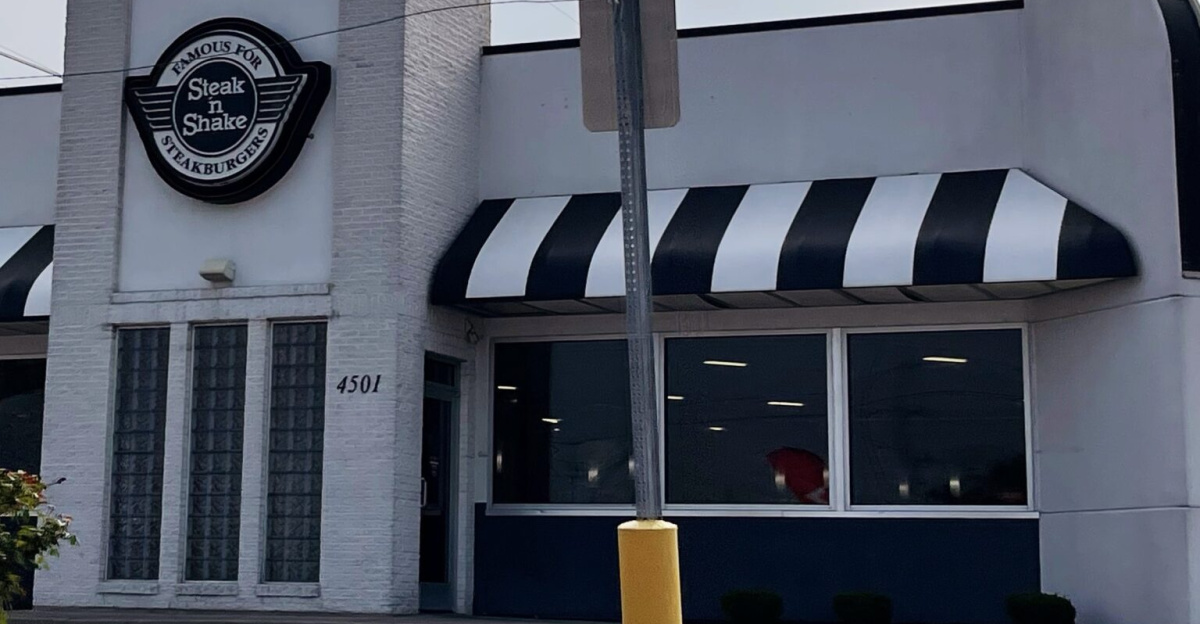
Steak ‘n Shake was a fan favorite with its milkshakes and smashed burgers. However, restructuring demands, overwhelming debt, and franchisee dissatisfaction have led to hundreds of stores closing.
On top of that, attempts to turn restaurants into self-service kiosks have backfired. Despite being owned by Warren Buffett’s Berkshire Hathaway, even a lot of money hasn’t helped fix its flaws.
9. Krystal
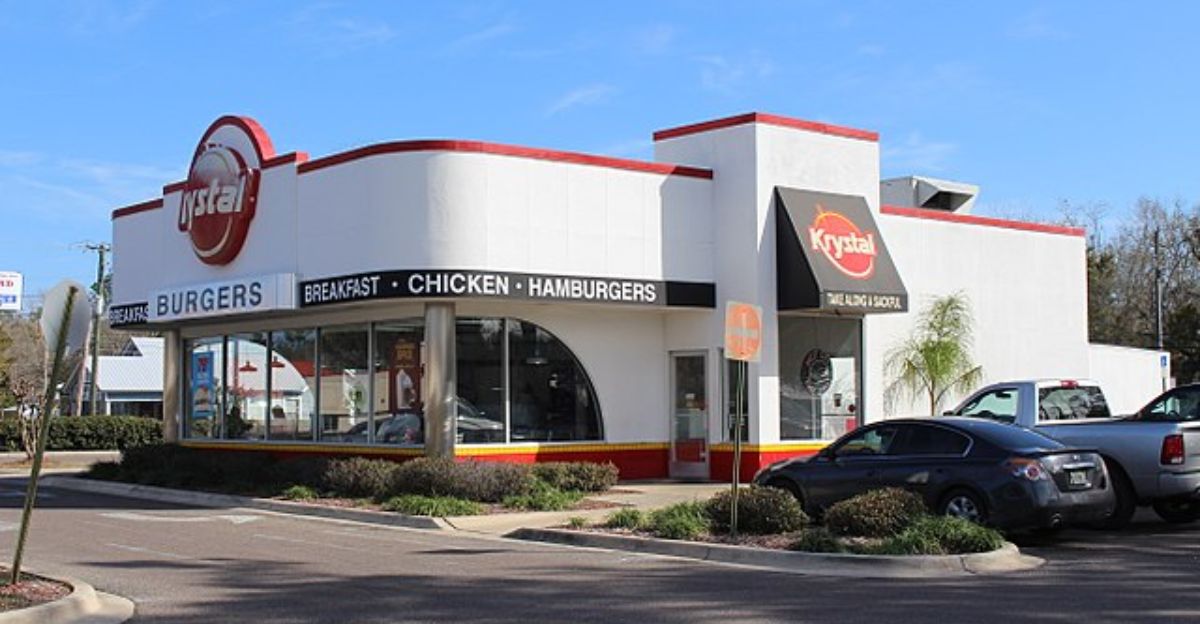
Krystal originated in Tennessee and is a longtime rival to White Castle. It once had a loyal Southern following. However, in 2020, it filed for bankruptcy, and since then, its locations have been closing their doors, especially in smaller towns.
Despite marketing efforts, the brand hasn’t been able to recover. Ongoing financial troubles, poor branding, and an inability to grow outside its core regions have left Krystal struggling to stay relevant.
10. Hometown Buffet
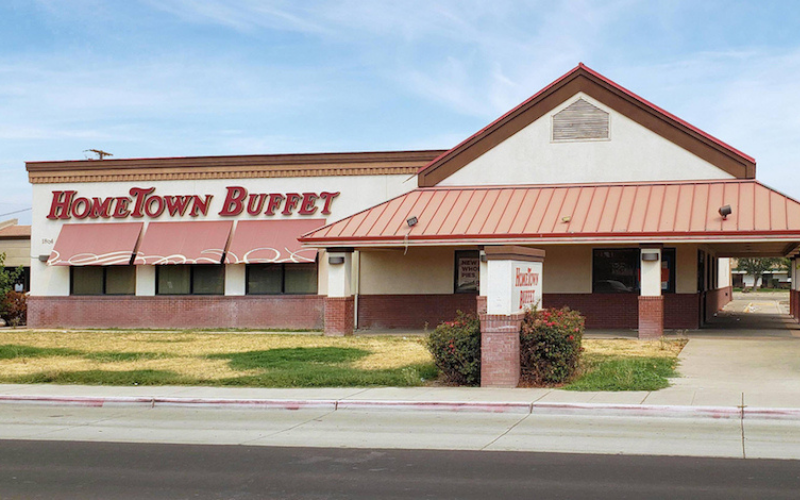
At a time, families lined up for cheap meatloaf and unlimited mashed potatoes at Hometown Buffet. However, from the same parent company as Ryan’s and Old Country Buffet, Hometown Buffet fell apart under mismanagement and changing consumer tastes.
New health trends and all-you-can-eat formats didn’t mix well, and the chain struggled to keep up.
11. Del Taco
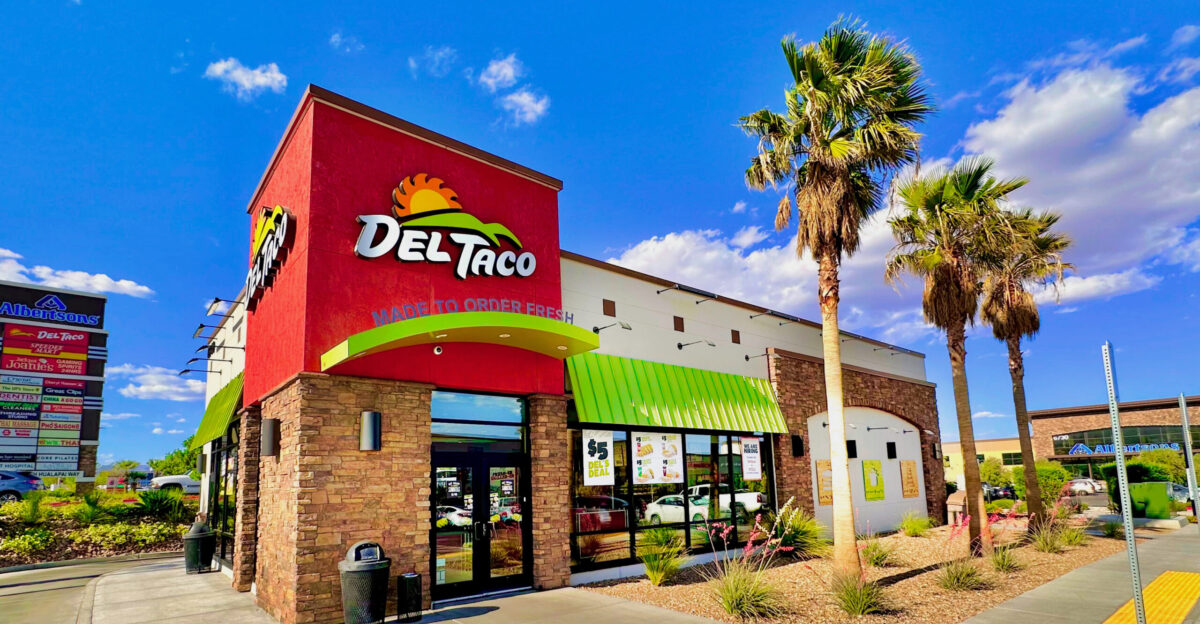
Del Taco was once a promising hybrid between Taco Bell and Chipotle, but now, it has lost its steam. Thanks to inconsistent branding, complicated menus, and limited nationwide recognition, Del Taco has struggled to keep up.
While Jack in the Box now owns it, 2025 hasn’t been as good for Del Taco as people hoped. For now, its future is uncertain.
12. Pret a Manger
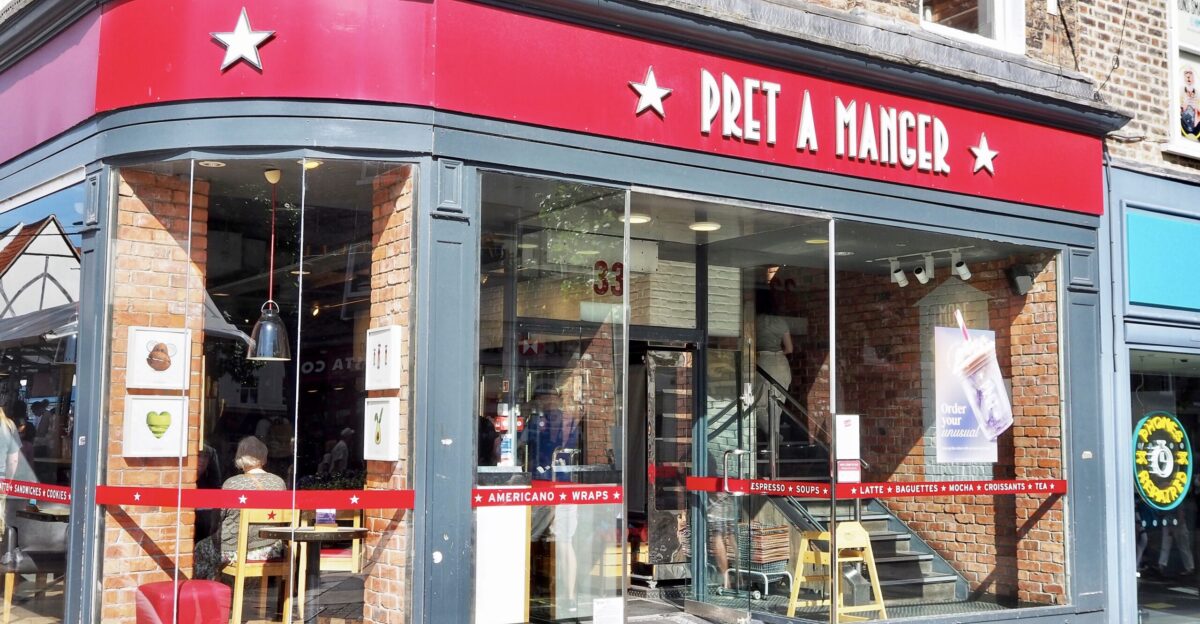
In London, Pret a Manger is a favorite lunchtime spot, but in America, it has become a post-pandemic casualty. This chain never fully adapted to U.S. markets, relying on dense, commuter-heavy cities that hollowed out at the start of 2020.
The rise of remote and hybrid work has made grab-and-go chains like Pret a Manger nearly obsolete in the U.S. almost overnight. Though it is successful overseas, Pret’s American presence is shrinking fast.
13. Auntie Anne’s
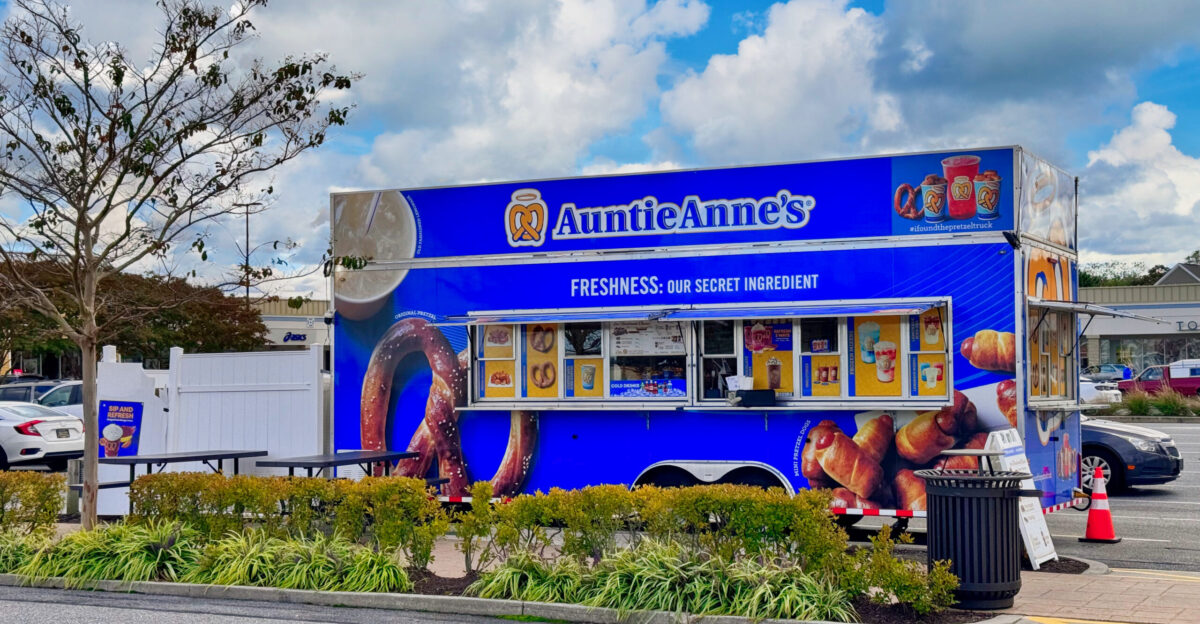
Auntie Anne’s was once a favorite in American malls, but it is now fading with retail centers. Now that fewer people are venturing into food courts, sales have shrunk significantly.
Some airport and train station locations have survived, but the soul of the brand was tied to shopping culture, and that has gone nearly extinct in recent years.
14. Church’s Chicken
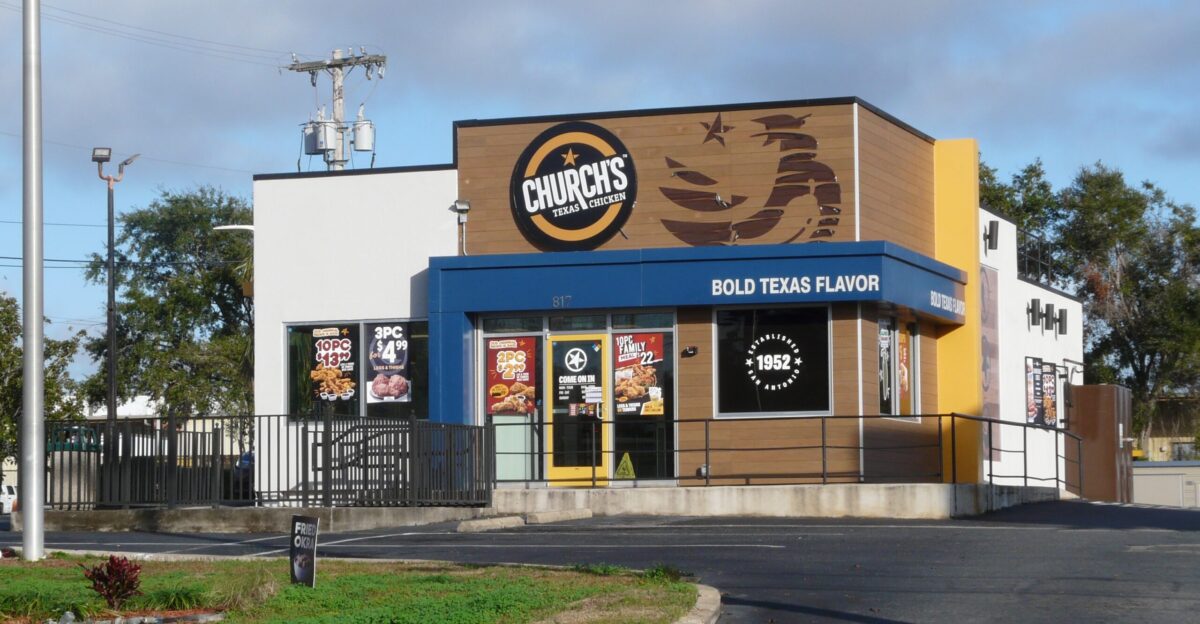
Known for its spicy, crispy, and comforting fried chicken, Church’s Chicken still appeals to many, but operational challenges are taking their toll. Slower innovation, fewer partnerships, and limited national reach have hurt the brand, especially against giants like Chick-fil-A and Popeyes.
With store closures increasing and advertising efforts declining, Church’s faces a tough road ahead.
